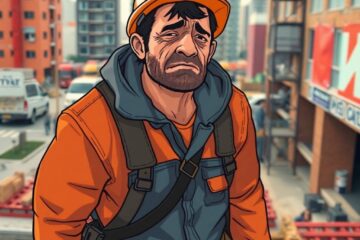As a business owner, you know that working with forklifts can be dangerous. But did you know that there are things you can do to improve forklift safety when using, or being around a forklift? In this post, we’ll give you some tips on how to stay safe when working with forklifts. We’ll also talk about some of the hazards associated with forklifts, and what you can do to avoid them.
So, if you’re interested in staying safe while using a forklift, keep reading!
Could your business afford fines like these?
Forklifts are now found in workplaces in all different industries, from construction to retail to manufacturing. And while they’re an essential piece of equipment in many businesses, they can also be very dangerous. In fact, in NSW between 2019-2021 over 600 notifiable incidents were reported to Safework NSW, and 5 people were killed. They note that they have handed out 494 fines and notices in that same time.
And in Queensland, a car dealership was fined $40,000 for a minor injury a worker received while near a forklift, and more recently a family owned business was fined $70,000 when one of their employees fractured their skull when a load fell while using a forklift.
In most cases when the case is sent to court it is because the business owners have had no safety documents in place which can help them meet their legal obligations.
“The injured worker held a licence for the operation of the forklift, and, while the defendant provided some ‘on the job’ training and unwritten procedures, it had not undertaken a risk assessment in relation to the use of the forklift, nor did it have in place a safe operating procedure for it, or for the use of it to move and store pallets on pallet racking, in circumstances where there were risks which were peculiar to the site and the particular task which was being performed, for example, how many pallets could be lifted at one time, that the load should be secured if it extended above the fork arm backrest, or how to safely store the pallets in the racking.”
So not only do you need to know about forklift safety and implement it for the safety of your workers, you also need to consider whether you can afford the fines, and subsequent court cases.
Some of the knock on effects from an incident or not following the law other than injuries to workers and damage to property include:
- On the spot fines
- Being prosecuted by the regulator
- Fines from the prosecution (insurance doesn’t pay for fines)
- Gaol time
- Having to pay lawyers fees
- Being sued by the injured party
- Increase in Workcover premiums
- Increase in business insurance premiums
- Loss of work time
Remember: Ignorance is not a defence, in fact you are likely to recieve higher fines if you have nothing in place. No-one plans for an incident to occur, so just because you’ve not had one in the past, doesn’t mean it won’t happen.
Despite what you may think, keeping on top of forklift safety can be quite easy once you have the process and documents in place. Safe-R Outcomes can help you with this no matter what industry you are in.
Why are forklifts so dangerous?
Forklifts are dangerous because they are large and heavy, most people don’t realise how heavy they can be until they are toppled over. And when they do topple, it’s not just the operator who can be injured – bystanders can also be seriously hurt, or even killed.
Forklifts are back heavy to compensate for the heavy loads they carry, which means they have a high centre of gravity. This makes them more likely to roll over if they’re not driven carefully, or if they hit something or turn sharply while travelling at speed.
Another reason forklifts can be so dangerous is that they often operate in tight spaces, which can make it difficult for the operator to see what’s around them.
Another danger of forklifts is that they can tip over if they’re carrying a load that’s too heavy or unbalanced. When this happens, the operator and anyone nearby can get seriously injured.
In Australia, if you use a forklift then by law you must have a forklift licence because they are considered so high risk. In many jurisdictions, inspectors will come and look at your workplace specifically to look at your forklift safety documents and procedures.
In NSW, SafeWork have an ongoing campaign targeting forklift safety where they visit sites and hand out fines for non-compliance.
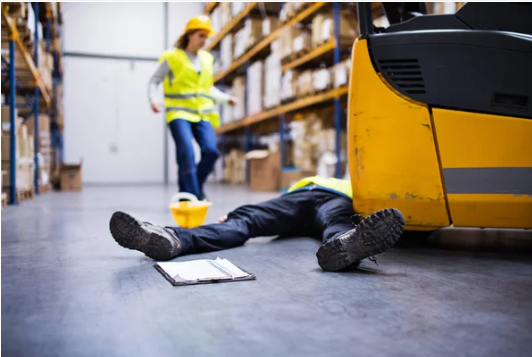
What are the hazards of working on or around forklifts?
As noted previously, many people, particularly those with no previous experience around forklifts fail to recognise the hazards and risks of working near or on forklifts. This is why forklift safety is so important.
There are a number of hazards associated with forklifts, including:
- The risk of being hit by a forklift
- The risk of being crushed by a forklift when it rolls over
- The risk of being hit by falling cargo
- The risk of being electrocuted if the forklift comes into contact with overhead power lines
People are most at risk of being hit by a forklift if they:
- Are working in an area where forklifts are operating
- Are walking or working near areas where forklifts operate
- Are standing in front of or behind a forklift that is backing up
- Are standing in front of or behind a forklift that is carrying a load
- Work in an area with no pedestrian exclusion zone
- Are not aware that a forklift is working in the area
People are most at risk of being crushed by a forklift roll over if they:
- Drive too fast
- Drive over uneven surfaces
- Make sudden turns
- Carry loads that are too heavy or unbalanced
- Operate the forklift without proper training
- Carry heavy loads too high
- Operate the forklift on a slope
- Don’t wear a seatbelt
People are most at risk of being hit by falling cargo if:
- They carry a load above weight restrictions
- They try to lift a heavy load too high
- The pallets or shelving is unsteady or are over load restrictions
- The load they are carrying shifts due to being liquid or similar
People are most at risk of being electrocuted if they:
- Aren’t familiar with the area they are working in
- Are driving with the fork up
- Are working outside in the rain
- Are working near overhead power lines
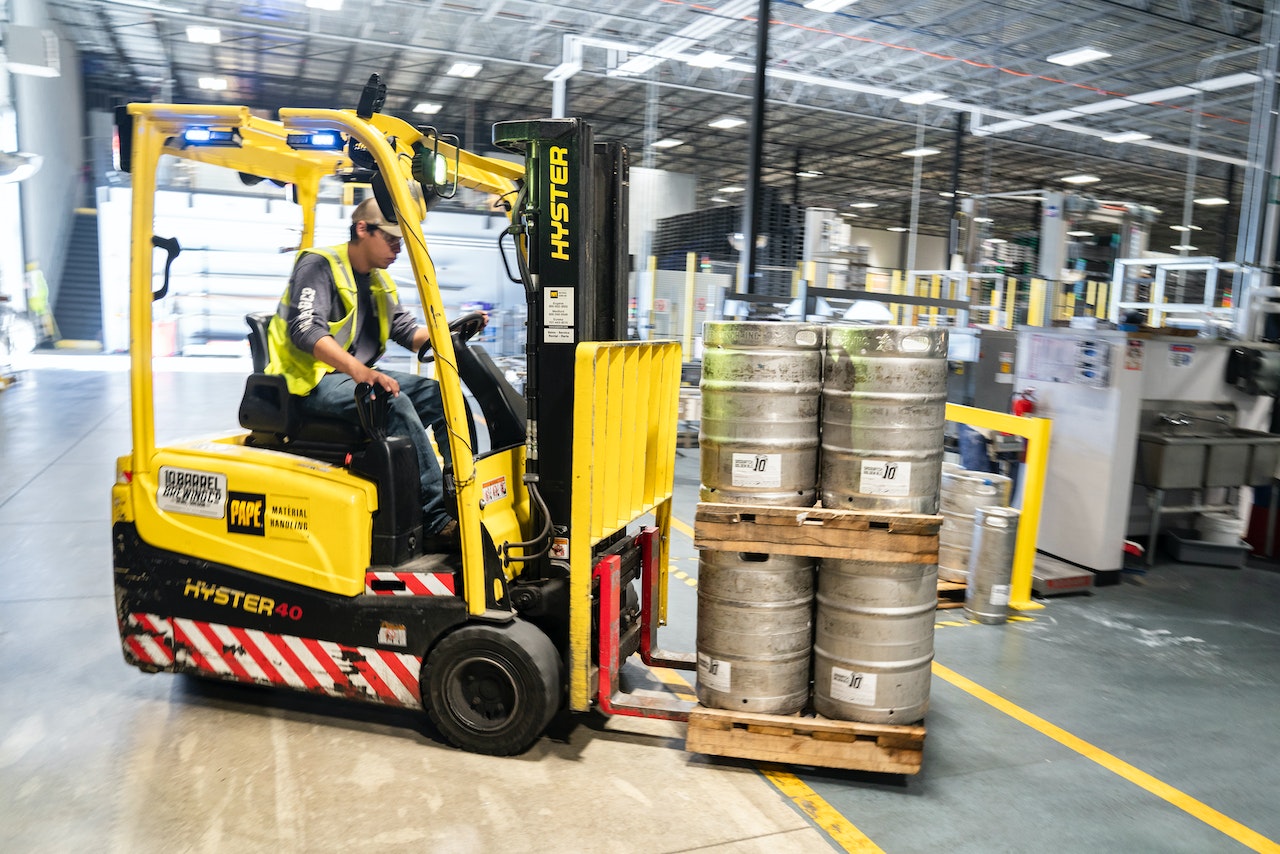
How can you stay safe when using a forklift?
There are a number of things you can do to improve forklift safety and stay safe when using a forklift, including:
- Having proper training and licensing: If you’re going to be operating a forklift, it’s important that you have the proper training and licensing. This will ensure that you know how to operate the forklift safely and avoid accidents
- Wearing the proper clothing: When operating a forklift, it’s important to wear the proper clothing. This includes closed-toe shoes, long pants, and a shirt with sleeves. You should also avoid loose clothing that could get caught in the forklift’s controls
- Inspecting the forklift: Before operating a forklift, it’s important to inspect it to make sure that it’s in good working order. This includes checking the brakes, steering, and tires. You should also make sure that the forks are in good condition and that the load is properly secured. You should have a ‘Pre-Start Checklist’ that you can follow and sign off, to keep records if something goes wrong
- Wearing the proper PPE: Most workplaces rule that forklift operators must wear high visibility clothing at minimum, and depending on the workplace eye protection, masks and steel capped boots may also be required
- Operating the forklift safely: When operating a forklift, it’s important to drive carefully and avoid sudden turns or stops. You should also keep your speed down, and avoid driving on uneven surfaces
- Keeping your load balanced: When carrying a load on a forklift, it’s important to keep it balanced. This will help prevent the forklift from tipping over
- Stacking loads properly: When stacking loads on a forklift, it’s important to do so carefully. This includes making sure that the load is stable and not too high, and don’t let the load obscure your vision
- Avoiding distractions: When operating a forklift, it’s important to avoid distractions. This includes things like talking on the phone, texting, or listening to music
- Wearing a seatbelt: Always, always wear a seatbelt, it might save your life
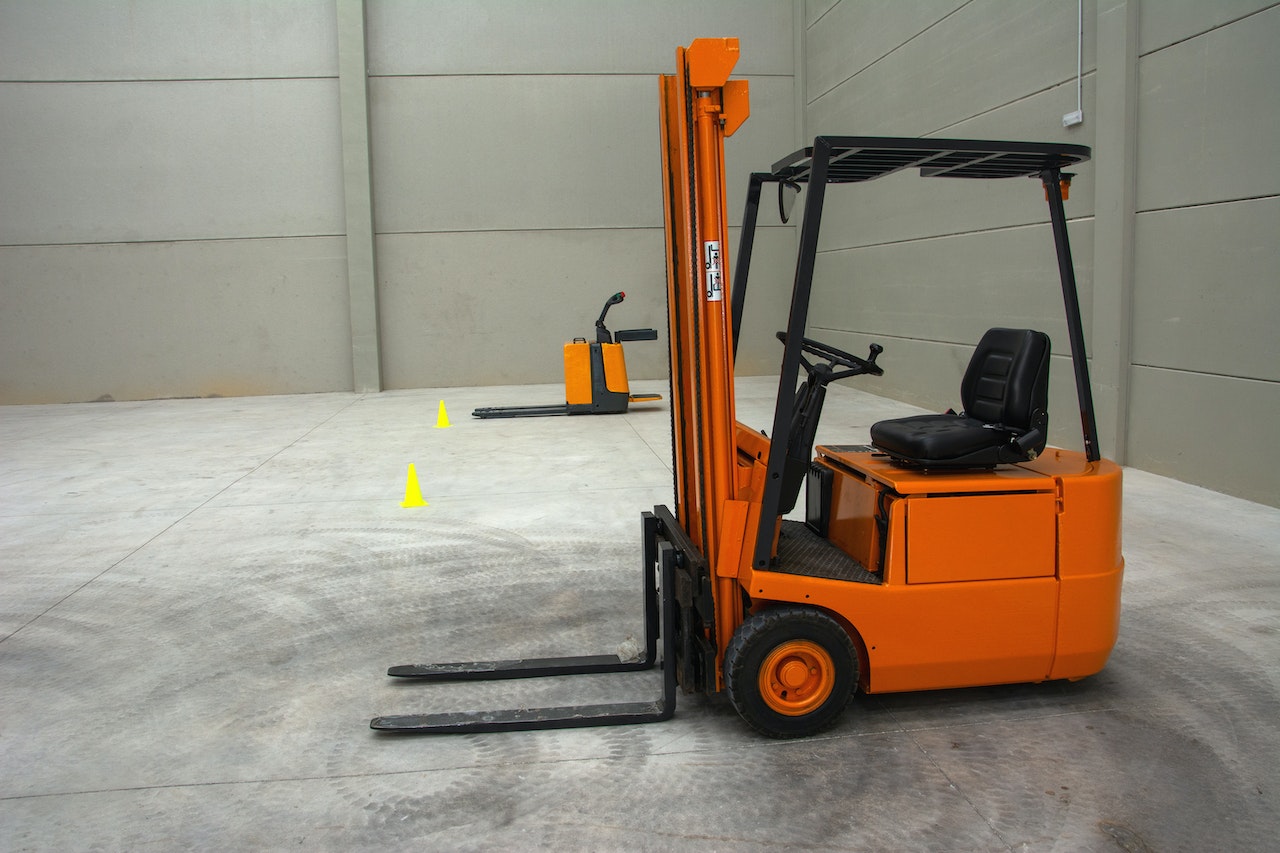
- Adjusting your driving to the conditions. If it’s raining, snowing or the ground is slippery, you need to be extra careful when operating a forklift. Take your time and avoid sudden turns or stops. If you are in a small space, you will need to be extra careful not to hit anything
- Following the manufacturer’s guidelines: Every forklift is different, so it’s important to follow the manufacturer’s guidelines for your specific model. This will help you avoid accidents and damage to the forklift. Ensure you keep within weight and height limits
- Being aware of your surroundings: When working with a forklift, it’s important to be aware of your surroundings and take precautions to avoid accidents. By following these safety tips, you can help keep yourself, and others safe
- Following the rules: When operating a forklift, it’s important to follow all of the rules and regulations. This includes things like not driving with the forks up, and not carrying a load that is too heavy or unbalanced. Ensure you have a Safe Operating Procedure for the use of forklifts, and provide regular toolbox talks to employees
- Using the right attachments: Make sure that you’re using the right attachments for the job. This includes things like using a stabiliser when lifting a load that is too high, or using a fork extension when carrying a long load
- Not lifting people without a workbox: Never lift people without a properly secured workbox. This is extremely dangerous and can lead to serious injuries or death. Ensure a risk assessment is completed prior to lifting, and if possible, use the hierarchy of control to find an alternate way to do the task
- Walking around the area first: Before starting your task, do a walk through and identify any hazards or changes to the work area so you can rectify the issue, or make changes to how you are going to do the task. If you are working outside, identify if there are any electrical lines that you may come into contact with. Remember, electricity can arc which means you don’t need to touch the lines for contact to occur!
- Communicating with others in the area: If you are working near other people, make sure to communicate with them and let them know what you’re doing. This will help avoid accidents
- Not skylarking on, in or around the forklift: Skylarking means you’re not paying attention which can lead to accidents. If you’re on the forklift, make sure you pay attention to what you’re doing
- Not letting others ride the forklift with you: Only authorised personnel should be riding on the forklift with you
- Ensuring the forks are in the lowered position when not in use
- Making sure you can see: If working at night or in low light conditions, ensure you have proper lighting so you can see what you’re doing
- Following traffic management systems: If your workplace has a traffic management system in place, make sure to follow it. Keep within barriers and floor markings and other designated areas and follow signages like one-way systems and stop signs
- If you see something, say something: If you see someone not following the safety rules, or if you see a hazard, make sure you say something. It’s better to speak up and prevent an accident, than to stay quiet and risk someone getting hurt
How can you avoid being hit by a forklift?
Forklift safety isn’t just about those who operate forklifts, anyone nearby must also do their best to avoid interactions with forklifts.
- Make sure that you can see the forklift operator and that the operator can see you
- Stay out of the path of a moving forklift
- Never walk or stand in front of or behind a forklift that is backing up
- Never walk or stand in front of or behind a forklift that is carrying a load
- Make sure that the load being carried by the forklift is not blocking the operator’s view
- Follow traffic management systems, stay out of exclusion zones and take note of safety signage in the workplace
- Make sure that the operator knows you are there
- Wear high visibility clothing
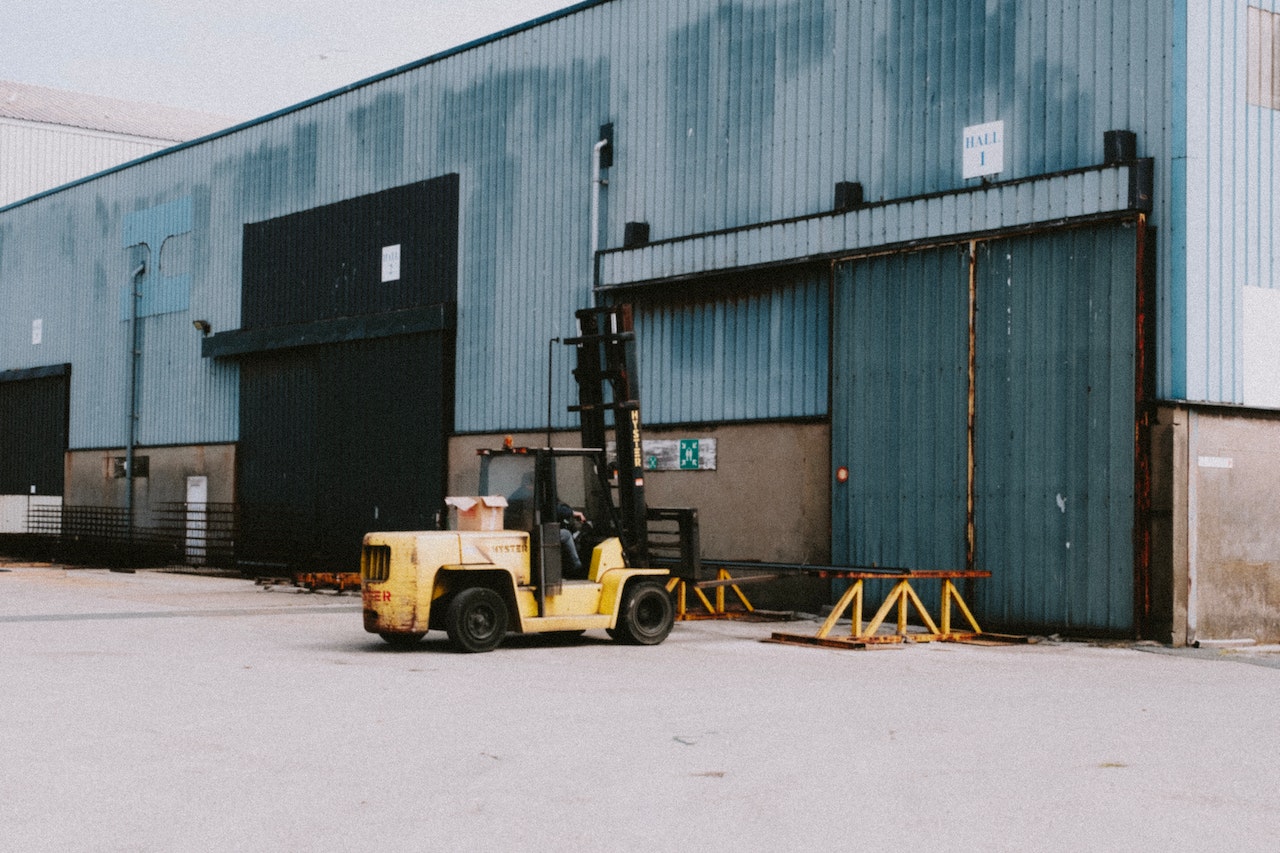
What should you do if you are hit by a forklift or witness an incident?
- Report the incident to a supervisor or manager immediately
- Seek medical attention or provide first aid if necessary
- Do not try to move the forklift yourself
- Do not try to remove any debris around the accident scene
- Wait for emergency services to arrive
Training for forklift safety
All forklift operators in Australia will have to get a High Risk Work Licence – Forklift to be able to use a forklift in the workplace.
You can get this licence by completing a training course with a Registered Training Organisation (RTO)
The training will usually cover topics such as:
- How to safely operate a forklift
- How to carry out pre-start checks
- How to load and unload a forklift
- How to stack and unstack loads
- Workplace health and safety requirements
But there is also other training that helps not only keep workers and others safe, and improve forklift safety, but also helps businesses meet their obligations to keep workers safe and provide safe systems of work. Any form of training, even if it is ‘on-the job’ should be recorded so that if something does go wrong you can show police, workplace accident investigators and lawyers that you have been trying to meet your legal obligations.
Making sure workers have access to forklift Safe Operating Procedures (SOPs) will ensure that everyone is aware of the dangers of using a forklift and knows how to safely operate one.
SOPs should cover:
- The types of loads that can be moved with a forklift and how to safely move them
- How to conduct pre-start checks on the forklift
- How to load and unload a forklift
- How to stack and unstack loads
- How to park and shut down a forklift
- Workplace health and safety requirements
Ensuring that workers have received adequate training in how to safely operate a forklift will help avoid accidents and improve forklift safety. But businesses also need to make sure that their workers are aware of the dangers of using a forklift and knows how to safely operate one.
This can be done by:
- Providing workers with access to SOPs
- Conducting forklift safety toolbox talks
- Ensuring that workers have received adequate training in how to safely operate a forklift
- Conducting regular safety audits of the workplace
- Display safety signage in the workplace
- Making sure that the forklift is regularly serviced and repaired
Forklifts are an essential part of many businesses but they can be dangerous if they are not used properly. By following the safety tips above, you can help keep yourself and others safe when using a forklift.
Forklift safety toolbox talks
Toolbox talks are a way of providing workers with safety information in a short, informal meeting. They usually last for around 5-15 minutes and can be an effective way to deliver safety messages to workers.
When conducting a forklift safety toolbox talk, businesses should:
- Choose a topic that is relevant to the work being done
- Make sure that the workers who will be using the forklifts and who work in the area where forklifts are used, are present
- Explain the hazards associated with using a forklift
- Explain how to safely use a forklift
- Explain any specific hazards and risks associated with using the forklift in the work area
- Encourage workers to ask questions and raise any concerns they have
- Bring up any recent incidents either in the workplace or that have been identified in the news and how it can be avoided again
By conducting regular toolbox talks, businesses can help ensure that their workers are aware of the dangers of using a forklift and knows how to safely operate one.
How can Safe-R Outcomes help your business?
Our Professional subscriptions contain amongst many other things, a range of SOPs, Registers, Toolbox Talks and Checklists that can all be downloaded. These include:
- Forklift Safe Operating Procedure
- Forklift Safety Toolbox Talk
- Licensing and Training Register
- Forklift Pre-Start Checklist
As you can see it is all done for you so it makes it nice and simple. You can find find out more on the Industries and Professions page.
If you’re concerned about the time commitment and knowledge required to implement the correct documents, procedures and training for forklift safety, Safe-R Outcomes can help. We strive to reduce the time and cost for businesses to implement their legally necessary safety requirements.
